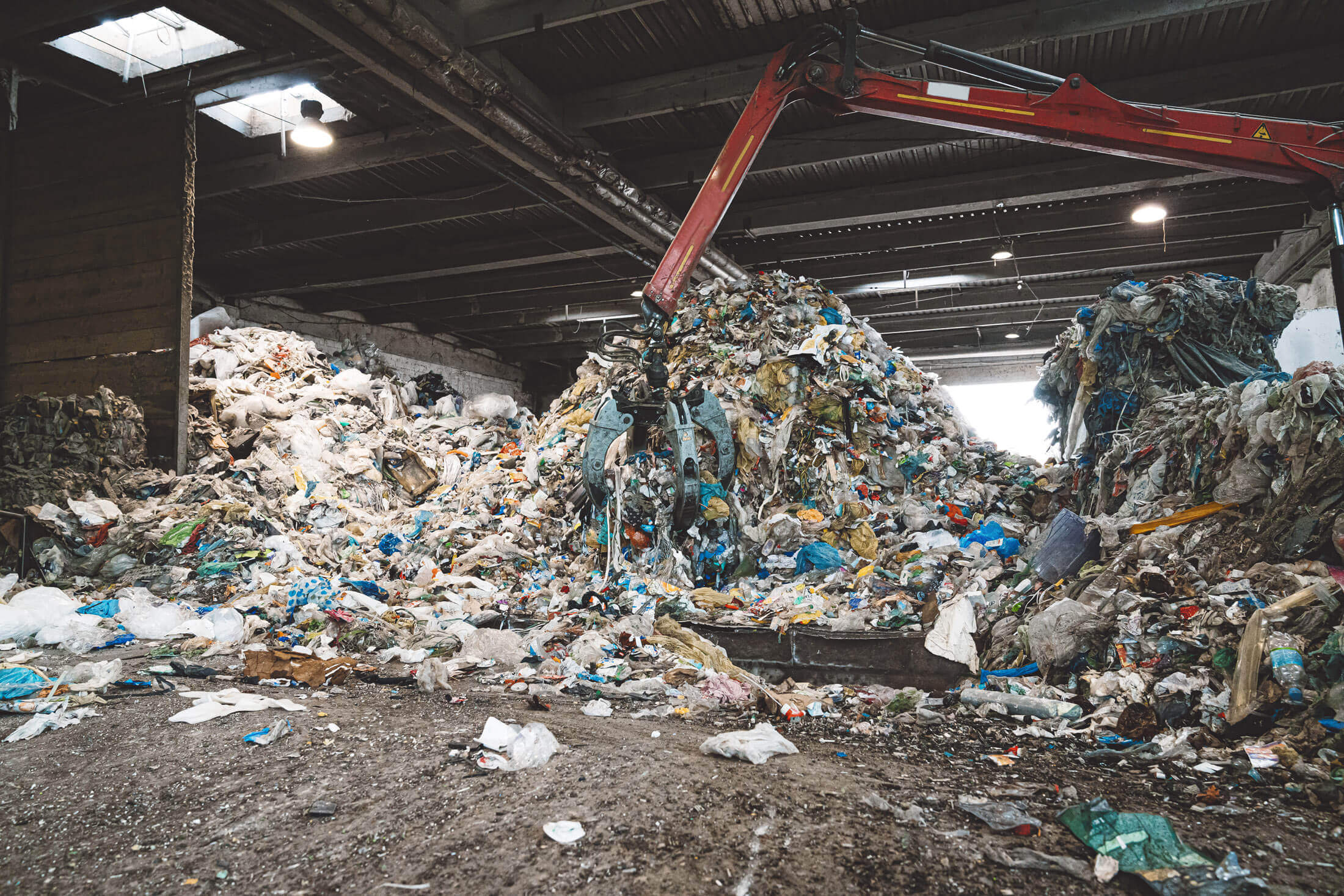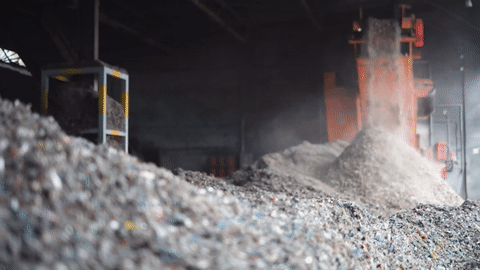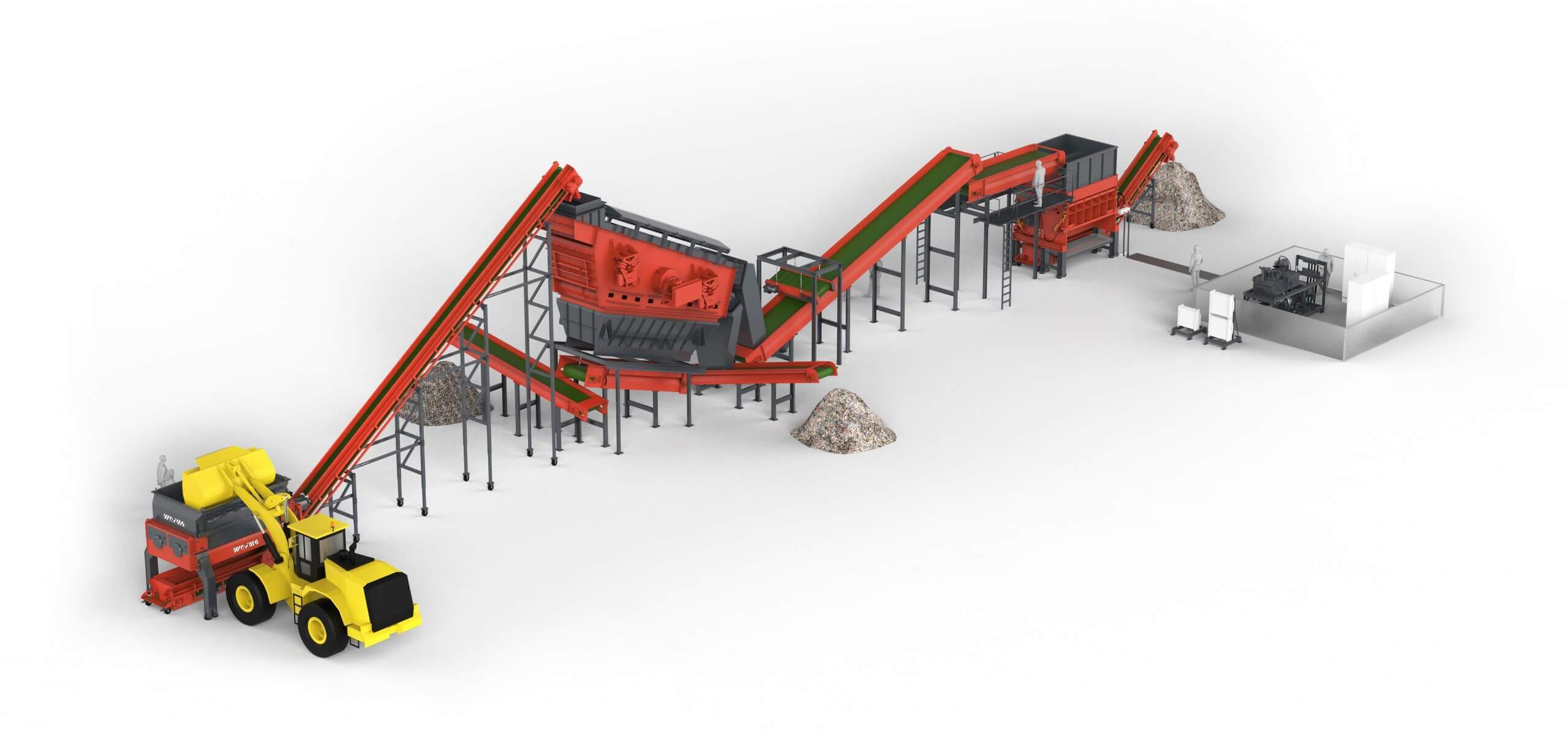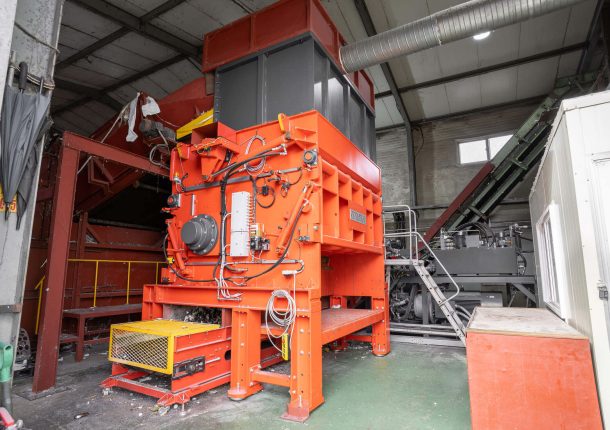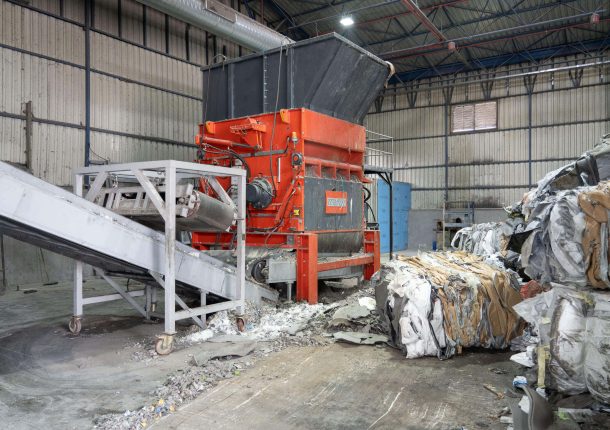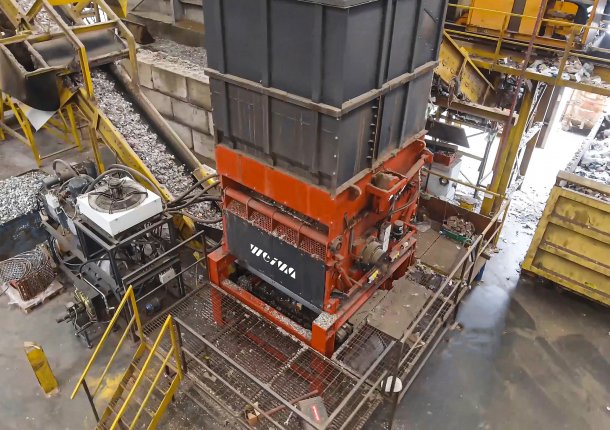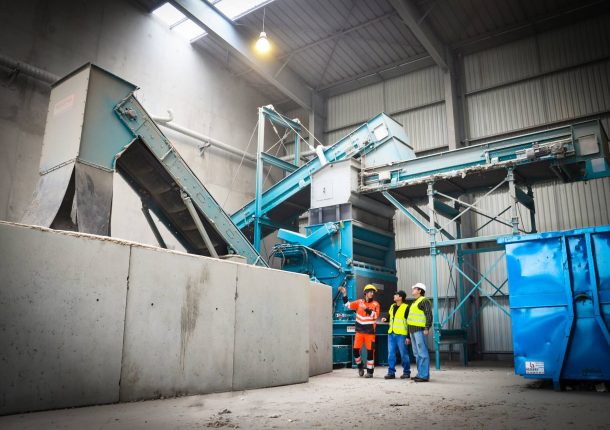Commercial & Industrial Waste Shredders – Powerful Shredding Solutions for Your Business
Efficiently Shred Commercial and Industrial Waste (C&I) – Reduce Costs and Streamline Waste Management
In order to meet the requirements of the modern circular economy, commercial and industrial waste must be efficiently pre-treated. Regulations such as the German Commercial Waste Ordinance (GewAbfV) call for the waste to be separated by type directly at the point of origin and for complete documentation. As commercial waste is often heavily contaminated, shredding is a crucial first step.
WEIMA offers robust shredders that reliably process even challenging material streams. This produces homogeneous fractions for recycling processes or energy recovery - for example as refuse-derived fuel (RDF) or solid recovered fuel (SRF) for pre- and co-processing.
Customer applications: Commercial & Industrial waste shredding with WEIMA
Practical examples of successful recycling with WEIMA shredders

Want to tackle your waste problem?
Request a customized shredding solution now.
WEIMA portfolio for shredding Commercial & Industrial waste
The right machine for every material
What is industrial waste?
When the processing of industrial goods produces residual materials that cannot be further processed, this is referred to as industrial waste. The largest quantities of industrial waste are generated by mining, the chemical industry and the construction industry. This includes construction waste, plastics and industrial sludge. Reusable material streams are recycled, which significantly reduces the amount of waste. Often, industrial waste also consists of hazardous waste, which means that it is then sent to a waste incineration plant for energy generation.
What is commercial waste?
Commercial waste is often similar in composition and type to household waste, which is why it is also referred to as commercial municipal waste. It mainly comes from commerce, trade, industry and public institutions such as hospitals or authorities. In Germany, the Commercial Waste Ordinance (GewAbfV) regulates what is considered commercial waste and how it must be separated, labeled and disposed of. Companies are obliged to separate their waste on site – e.g. into paper, wood, glass, metals, plastics or biomass – in order to enable efficient recycling.
Nevertheless, around 6 million tons of unsorted mixed waste are produced every year, of which around 90% is incinerated as refuse-derived fuel (RDF) and removed from the recycling process.
Source: STMUV Bayern
Source: Deutsche Umwelthilfe
Source: Thüringen Recycling
Request the right shredder for industrial and commercial waste
Request quote
Shredding of Commercial & Industrial waste
The most important facts at a glance
Things to know about recycling commercial and industrial waste
Explanations of key terms, processes and interrelationships in modern waste recycling.
What counts as mixed commercial waste?
Mixed commercial waste includes plastics, rubber, cardboard, paper and cardboard, class A1 to A3 waste wood, cork, metals, polystyrene, packaging, textiles and various composite materials.
However, commercial waste does not include materials such as construction waste, biomass, kitchen waste, hazardous substances (e.g. chemicals), roofing felt, mineral wool, asbestos, waste wood from class A4, used tires and liquids such as paints, varnishes or oils.
What is Pre-Processing?
As a rule, waste cannot be used directly for recycling in cement kilns, but must be prepared beforehand. The treatment process, also called pre-processing, includes the shredding, mixing and drying of waste. The use of WEIMA shredders in pre-processing enables consistently homogeneous particle sizes of the most demanding material. This guarantees a stable fuel that meets the technical requirements of cement production.
What is Co-Processing?
The term co-processing describes a globally recognized technology used in energy-intensive industries (EII) such as cement production to recycle waste and industrial by-products for energy and materials. The mineral materials in the waste replace primary raw materials (e.g. limestone) in the cement kiln, while the combustible materials provide the energy needed to produce clinker. No residues are produced in the process, and highly toxic waste is also destroyed. Co-processing thus makes it possible to avoid landfilling and waste incineration of wastes such as sewage sludge, solvents, plastics from industry or mineral wastes.
What are the advantages of Co-Processing?
Co-processing in the context of cement production has many advantages: The high temperatures and long residence time in the kiln completely destroy even toxic residues. No residual materials are produced that have to be recycled or even landfilled. The use of co-processing technology also avoids the use of fossil fuels and consequently reduces greenhouse gas emissions. In addition, cement manufacturers can massively reduce their energy costs thanks to secondary fuels from waste.
What is Solid Recovered Fuel (SRF)?
For the production of Solid Recovered Fuel (SRF), additional process steps are usually necessary, as higher quality requirements for its production have been defined at European level. The essential properties of a classification include the calorific value as well as the chlorine and mercury content. This results in five quality classes in order to be able to designate processed waste as Solid Recovered Fuel.
What is refuse derived fuel (RDF)?
WEIMA waste shredders are ideal for the production of medium and high calorific RDF (refuse derived fuel) or calciner fuel. These are fuels obtained from household, industrial and municipal waste. The different quality requirements depend on the thermal process. Typical processing steps for the high-calorific fraction include pre-sorting, pre-shredding, air classification and metal separation. Sensory sorting and drying are also possible. In most cases, refuse-derived fuel is used together with conventional fuels, e.g. in cement, lime, coal and industrial power plants.
How does the Mechanical-Biological Waste Treatment (MBT) work?
This generally involves household waste, MSW or commercial waste similar to household waste. This is initially collected by disposal companies and transported to a central location for waste treatment, disposal or recycling. Typically, household waste contains a high proportion of organic matter. After rough screening, this is shredded and then divided into different fractions by screening. The coarse fraction (films, paper, hard plastics, wood, etc.) is usually used as fuel in RDF power plants because of its high calorific value. The fine fraction (organic substances), on the other hand, is usually further biologically treated. Gases produced in this way can be used for energy.
Did you know?
In 2020, approximately 47.3 million tons of commercial waste were generated in Germany.

See for yourself.
Have your material tested free of charge in our test center.
What are you looking for?
Explore all WEIMA solutions
